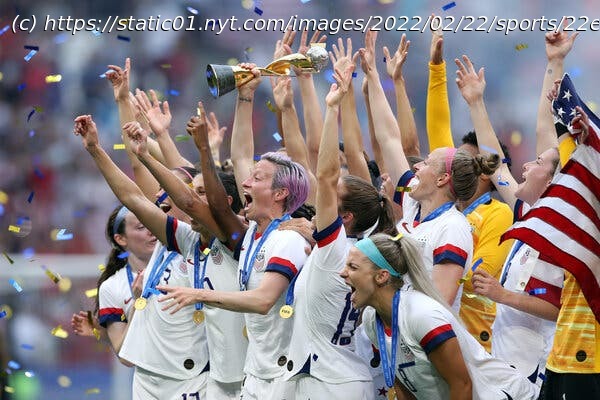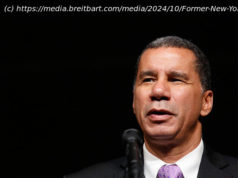A six-year legal fight that saw victories on the field and losses in federal court ended with a multimillion-dollar settlement. Here’s how the sides got here.
A settlement announced on Tuesday abruptly ended a six-year legal fight between dozens of members of the United States women’s national team and U.S. Soccer, an often bitter and contentious dispute that had placed some of the world’s most popular and high-profile athletes at the forefront of the fight for equal pay for women. What was the fight about? That was complicated from the start. A simple slogan — equal pay — faded into shades of gray upon deeper review of different contracts, different schedules and different values placed on women’s soccer by the sport’s global leadership and its U.S. federation. The timeline of the fight, which started with a wage discrimination complaint filed by five top players in March 2016, is much more easily explained. That single filing set off years of twists and turns, court arguments and public statements, hard feelings, hard-won victories and at least one humbling defeat for the athletes. Here’s a review of how we got from the initial complaint to this settlement, told through reporting by The New York Times. The equal pay fight began with five star players and a claim of wage discrimination filed with the Equal Employment Opportunity Commission, the U.S. agency that enforces civil rights laws against workplace discrimination. “The numbers speak for themselves,” said goalkeeper Hope Solo, one of the players who signed the complaint. Solo said the men’s players “get paid more to just show up than we get paid to win major championships.” Solo was joined in the complaint by the co-captains Carli Lloyd and Becky Sauerbrunn, forward Alex Morgan and midfielder Megan Rapinoe. As The Times noted that day: Wounded by the accusation they were treating the women’s players unfairly, U.S. Soccer — which had for years been a global leader in advancing women’s soccer — pushed back forcefully by citing figures that it said showed the men’s national team produced revenue and attendance about double that of the women’s team, and television ratings that were “a multiple” of what the women attracted. The federation accused the players and their lawyers of cherry-picking figures from an extraordinarily successful year for the women — they had won the World Cup in 2015 — and a U.S. Soccer spokesman called their math “inaccurate, misleading or both.” Offended by the suggestion that their games, and their successes, were worth less to the federation than those of the men’s team, the women and their teammates dug in for a fight. Few knew then how long it would last. Within a year, the players had taken control of their collective fate, firing their union chief and reorganizing their players’ association in ways that gave them a more active role in the issues affecting them. “It was always the plan,” Sauerbrunn, the team captain, said at the time, “to have a players’ association that listens to all the voices of its members and then can take that, and elevate that, and try to make that a reality.” Receiving a high-speed education in topics like labor law and public relations, the players voted one another onto negotiating teams and subcommittees and — between camps and full-time jobs as professional athletes — threw themselves into the task of negotiating a new collective bargaining agreement with U.S. Soccer. Uniting disparate teammates through text messages, overnight emails and anonymous player surveys, they determined priorities for a new contract and then made their cases personally in negotiating sessions with the federation and its lawyers.






